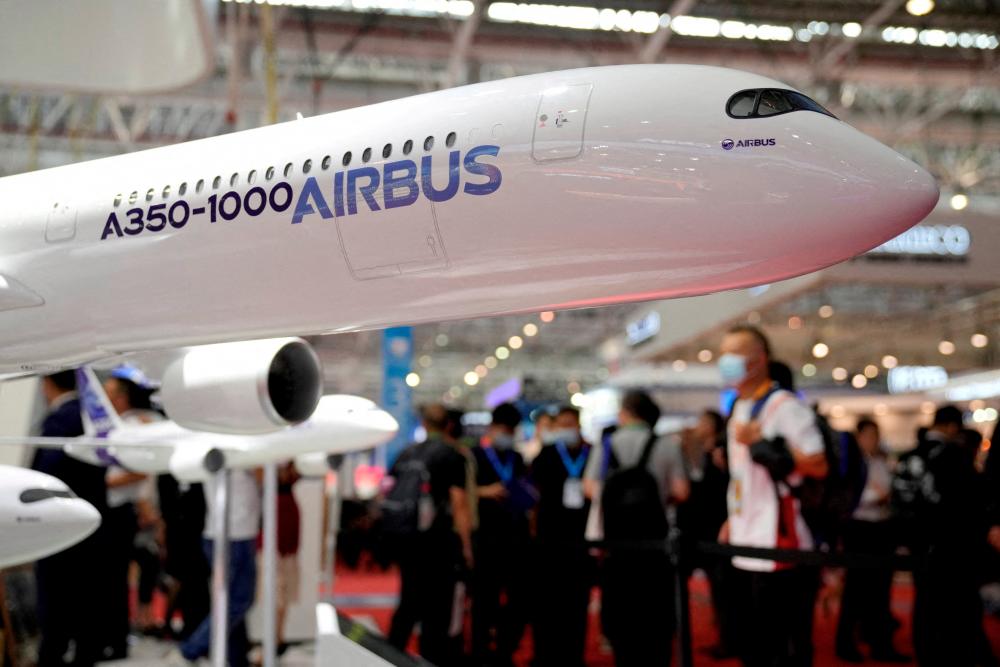PARIS: Airbus on Tuesday (Dec 6) abandoned a numerical forecast for jet deliveries and a date for its key production goal, but maintained financial targets as it limps towards the end of a year haunted by disruption in factories and supply chains.
The world’s largest planemaker said its previous target of “around 700” deliveries in 2022 was now out of reach, but that it did not expect to fall “materially short” of that estimate.
Reuters reported on Friday that the target was under review after November deliveries fell short of expectations.
Airbus also confirmed a Reuters report it had delivered a net total of 563 aircraft between January and November after adjusting for the earlier cancellation of two jets caught up in Western sanctions against Russia over the Ukraine war.
That included a total of 68 in November, compared with what suppliers had described as an industrial planning target of 80.
The announcement, originally due on Dec 8, was brought forward by two days.
Airbus did not say what range it had previously had in mind with its target of “around 700,“ but two analysts said anything below 690 would have been seen as a missed target.
The delivery crunch immediately set the stage for an uncertain production outlook next year.
Airbus reaffirmed an interim production goal of 65 benchmark A320neo family jets a month but withdrew the target's implementation date, saying instead it would adjust the speed of the ramp-up to that level over the course of 2023 and 2024.
It also said it plans to reach an ultimate target of 75 of the single-aisle jets a month by the middle of the decade.
Airbus had previously planned to reach 65 a month by early 2024, having pushed this back from mid-2023 earlier this year, citing problems in its supply chain.
The rate of production of the A320neo and its rival, the Boeing 737, set the tempo for global supply chains and drive a large proportion of aerospace industry profits.
Boeing is producing at a lower level as it recovers from successive safety and pandemic demand crises.
Historically, the level of production and deliveries were broadly in synch, making it reasonably simple to track production data, which Airbus does not publish on a monthly basis.
But the correlation broke down, making it harder to guess production, when the pandemic left a build-up of unwanted jets in inventory and factories kept running at a reduced rate.
Airbus has said it aims to end the current year at a production rate of 50 a month, compared with 60 before Covid-19.
However, some analysts and suppliers say production has fluctuated throughout the year and remains fragile as the industry tackles missing parts or planning problems.
The speed of the production increase will depend in part on how many 2022 jet deliveries get pushed into 2023.
Industry sources have said some lessors are increasingly reluctant to take already-delayed jets in the last week of the year, fearing an immediate drop in their resale value when the valuation calendar trips over to 2023 at the start of January.
Airbus meanwhile said it had booked 29 new orders and 14 cancellations in November. – Reuters













